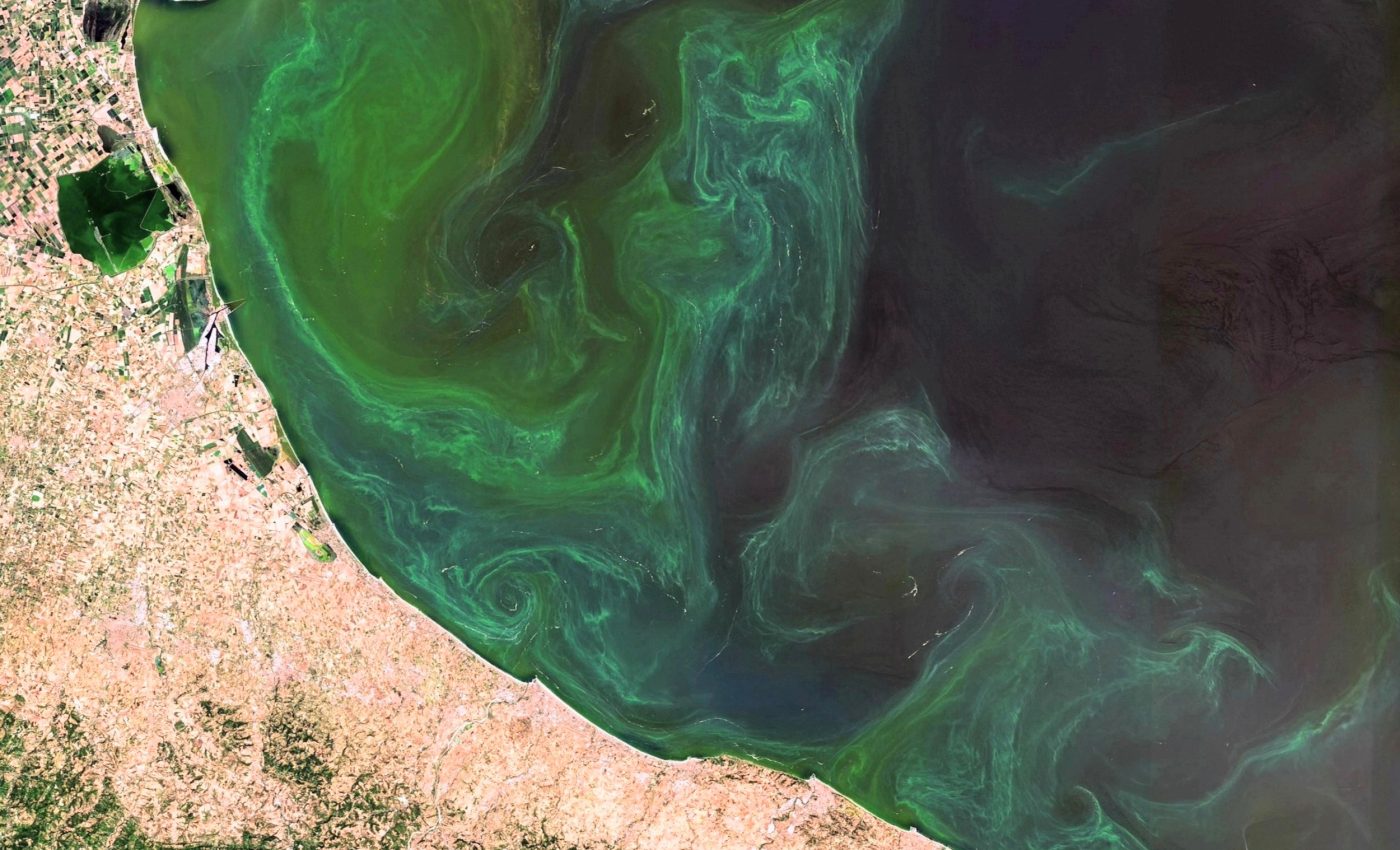
How marine heatwaves impact ocean health
Marine heatwaves are posing a new threat to the ocean’s delicate balance, affecting even its tiniest yet most vital inhabitants – phytoplankton.
These microscopic algae provide food for countless marine species and play a crucial role in regulating our planet’s climate.
Phytoplankton: Heroes of the ocean
Phytoplankton are the unsung heroes of our oceans, working behind the scenes to keep marine ecosystems thriving.
Though invisible to the naked eye, these microscopic algae are constantly at work, producing organic carbon through photosynthesis and supporting nearly every level of the marine food web.
They also play a vital role in the ocean’s carbon cycle, contributing significantly to the regulation of Earth’s climate.
Spring has traditionally been their peak season. As winter fades, nutrient-rich waters from the ocean’s depths rise to the surface, sparking an explosion of growth known as a phytoplankton bloom.
But now, a recent study suggests that these essential phytoplankton blooms are facing serious and potentially long-lasting threats.
Marine heatwaves disrupt spring blooms
The study was conducted by experts at the Institute of Marine Sciences of the National Research Council of Italy (CNR-ISMAR) as part of ESA’s CAREHeat project.
The researchers examined phytoplankton blooms in the North-Western Mediterranean Sea. They found that marine heatwaves, periods of prolonged unusually warm seawater, have been disrupting the timing and intensity of these essential spring phytoplankton blooms.
Winter marine heatwaves are particularly menacing as they intensify the stratification of ocean water. In other words, they prevent nutrients from the deep-sea layers from mixing with surface waters.
The warmer water can lead to a significant reduction in the phytoplankton’s carbon biomass – up to 70% during the spring bloom. This drastic reduction means there are fewer nutrients available, leading to a change in the balance of the marine food web.
Ripple effects across the food chain
“We observed that intense winter marine heatwaves delay the timing of phytoplankton blooms. This shift causes a mismatch in the availability of zooplankton, which rely on these blooms for food, potentially affecting fish and other marine species that depend on zooplankton,” explained study co-author Emanuele Organelli.
Moreover, severe marine heatwaves can also impact an ecosystem’s ability to sequester carbon, which is crucial for global climate regulation.
If these disruptions continue, the balance of marine biodiversity could be thrown off, impacting both local habitats and global processes.
Tracking marine heatwaves and ocean health
To better understand and address this growing problem, the researchers turned to technology. They used sea surface temperature data from ESA’s Climate Change Initiative (ESA CCI) and various satellite platforms, like the Copernicus Sentinel-3’s Sea and Land Surface Temperature Radiometer.
This allowed the experts to track and categorize heatwave events in the Mediterranean from 2012 to 2022.
“Ongoing satellite monitoring by ESA is crucial for tracking and addressing these growing threats to marine biodiversity,” said ESA scientist Marie-Helene Rio.
“The increasing frequency of marine heatwaves may further compromise vital ocean services, such as fisheries and the ocean’s ability to sequester carbon – processes that are key to both marine ecosystems and global climate stability.”
These tiny marine allies need our help, and monitoring of marine heatwaves could be our first step towards preventing a potentially catastrophic ripple effect through marine ecosystems.
Implications for marine ecosystems
Marine heatwaves don’t just affect phytoplankton – they disrupt entire ocean ecosystems.
As these tiny algae struggle to bloom, animals higher up in the food chain, like fish, seabirds, and even marine mammals, may find less food. The food shortage can lead to shifts in where species live and how they interact.
For coastal communities, this disruption also hits close to home. Many rely on fishing to support their families, and fewer fish could mean a harder life for these communities.
With phytoplankton absorbing less carbon due to heatwaves, there’s also a risk that climate change could speed up even more.
By keeping a close eye on marine heatwaves, scientists hope to protect our oceans. Their work will help guide efforts to protect sensitive areas and to develop new strategies to tackle climate change.
Image Credit: Copernicus Sentinel data (2024), processed by ESA
—–
Like what you read? Subscribe to our newsletter for engaging articles, exclusive content, and the latest updates.
Check us out on EarthSnap, a free app brought to you by Eric Ralls and Earth.com.
—–













